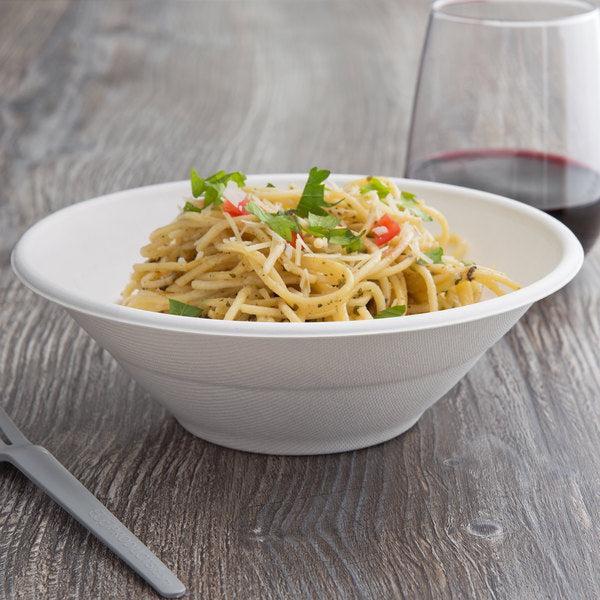Wine has been a cornerstone of culinary culture for centuries, enjoyed in celebrations, quiet dinners, and everything in between. With such a vast array of options, understanding the different styles of wine can feel overwhelming, especially for beginners. This guide simplifies the complexities, offering an approachable overview of wine types and how to enjoy them.
What Are Wine Styles?
Wine styles refer to the distinct characteristics of wine, shaped by grape variety, production methods, and regional influences. These elements work together to create the flavors, aromas, and textures that make each wine unique.
Key Factors Defining Wine Styles
-
Grape Variety: Determines the wine’s primary flavors and structure.
-
Production Techniques: Includes fermentation, aging, and blending.
-
Geography and Climate: Warmer climates yield fruitier wines, while cooler regions produce wines with higher acidity and subtle aromas.
Main Categories of Wine Styles
Red Wines
Characteristics: Known for their bold flavors, deep colors, and tannins, red wines are often associated with structure and complexity.
- Popular Examples: Merlot (smooth and approachable), Cabernet Sauvignon (rich and full-bodied), Pinot Noir (light and elegant).
- Food Pairing: Perfect with red meat, tomato-based sauces, and hearty stews.

White Wines
Characteristics: Lighter in body with bright acidity, white wines are refreshing and versatile.
- Popular Examples: Chardonnay (creamy and oaky), Sauvignon Blanc (zesty and aromatic), Riesling (sweet or dry with high acidity).
- Food Pairing: Pairs wonderfully with seafood, poultry, and creamy pasta dishes.

Rosé Wines
Characteristics: A middle ground between red and white, Rosé wines feature fruity notes and a dry finish.
- Production: Created by limiting contact with grape skins during fermentation.
- Food Pairing: Ideal with light salads, grilled seafood, or Mediterranean dishes.
Sparkling Wines
Characteristics: Defined by their effervescence, sparkling wines add a celebratory touch to any occasion.
- Popular Examples: Champagne (luxurious and toasty), Prosecco (light and fruity), Cava (earthy and crisp).
- Occasions: Perfect for weddings, anniversaries, and festive gatherings.

Dessert Wines
Characteristics: Sweet and rich, dessert wines are meant to complement desserts or be enjoyed on their own.
- Popular Examples: Port (fortified and robust), Sauternes (honeyed and luscious), Moscato (floral and fruity).
Fortified Wines
Characteristics: Wines with added spirits, resulting in higher alcohol content and unique flavors.
- Popular Examples: Sherry (nutty and versatile), Vermouth (herbaceous and aromatic), Madeira (complex and caramelized).
How to Identify Your Favorite Style of Wine
Exploring wine begins with understanding your palate. Follow these steps to discover your preferences:
- Taste Mindfully: Observe the wine’s appearance, aroma, taste, and aftertaste.
- Experiment: Try wines from different regions and styles.
- Note Your Preferences: Keep a journal of wines you enjoy and why.
Tips for Expanding Your Palate
-
Attend Wine Tastings: These events let you sample various styles in a guided setting.
-
Pair Wine with Food: Experiment with pairings to see how flavors complement or contrast.
-
Build a Collection: Start with a few bottles representing different styles to learn at your own pace.
Pairing Food with Different Wine Styles
Pairing wine with food enhances both the dish and the drink. Here are some quick tips:
- Red Wines: Pair with grilled meats, rich stews, or tomato-based dishes.
- White Wines: Match with seafood, salads, or creamy sauces.
- Sparkling Wines: Complement salty snacks or light appetizers.
- Dessert Wines: Serve with fruit-based desserts or strong cheeses.
Frequently Asked Questions About Wine Styles
1. What’s the difference between red and white wine?
Red wines are made with grape skins, giving them tannins and deeper color. White wines are made without skins, resulting in lighter flavors.
2. Why are sparkling wines more expensive?
Traditional methods like those used in Champagne require extensive time and labor, increasing costs.
3. Are sweet wines only for desserts?
Not necessarily! Some sweet wines pair beautifully with spicy dishes or strong cheeses.
Conclusion: Exploring the World of Wine One Style at a Time
Understanding the styles of wine is the first step to appreciating the world of wine. From bold reds to sparkling celebrations, each style offers a unique journey of taste and culture. Start exploring today, and let your palate guide you to new discoveries.
For more tips on wine and culinary culture, visit Kimecopak.ca!







